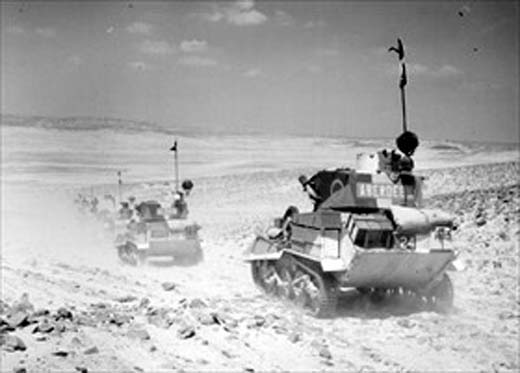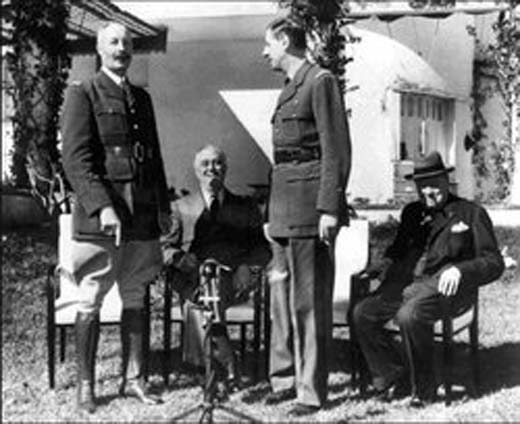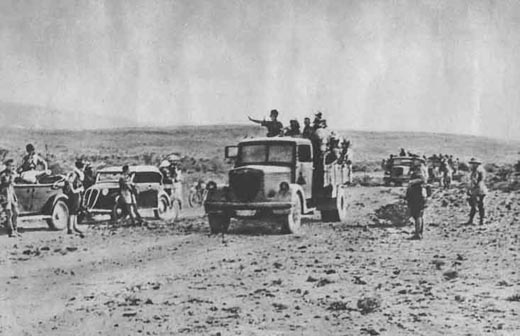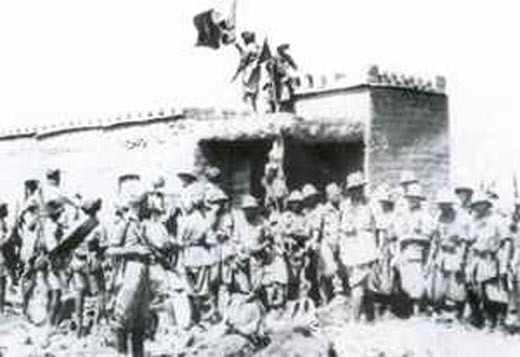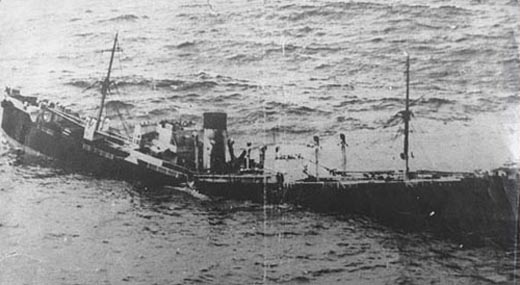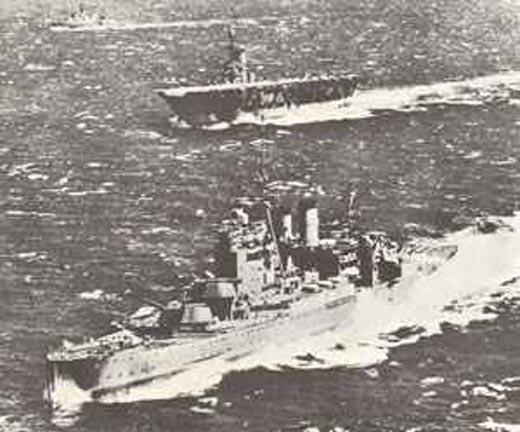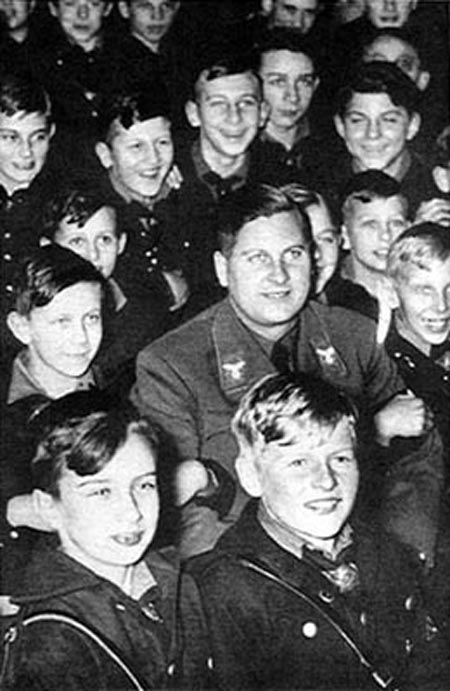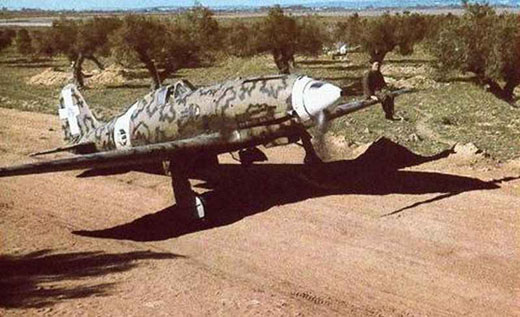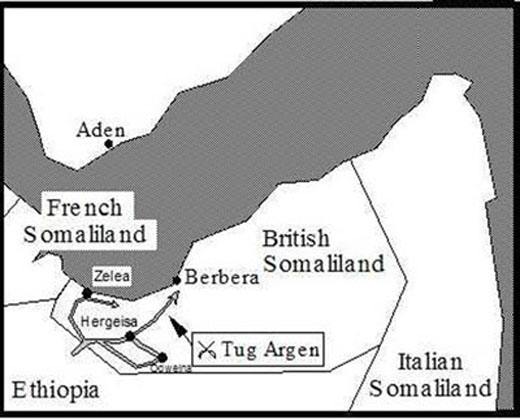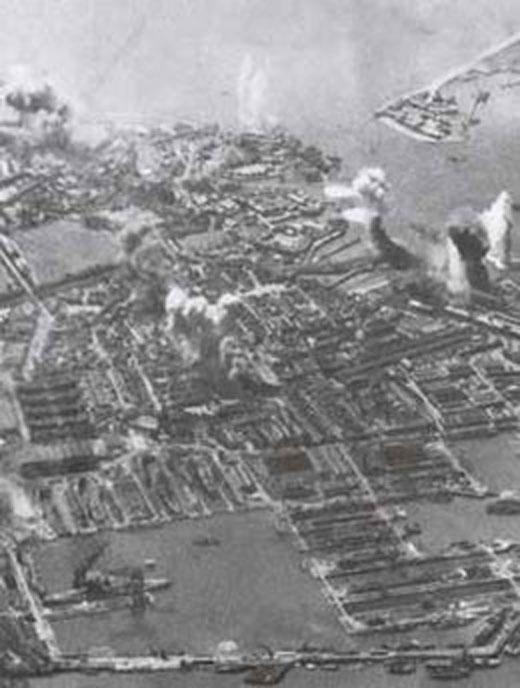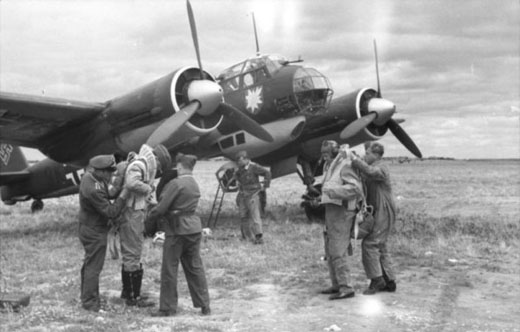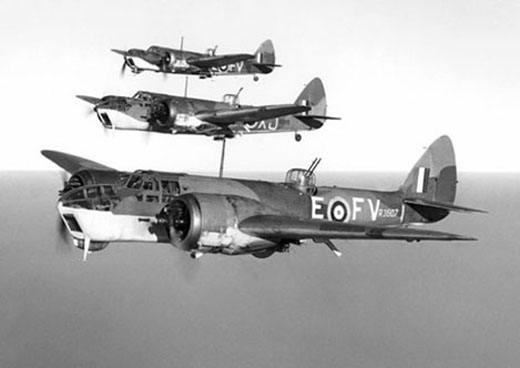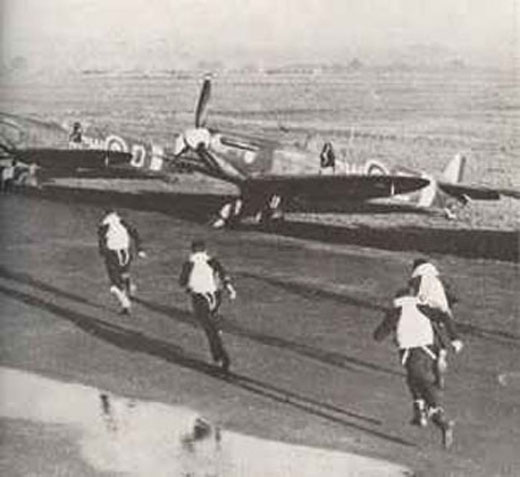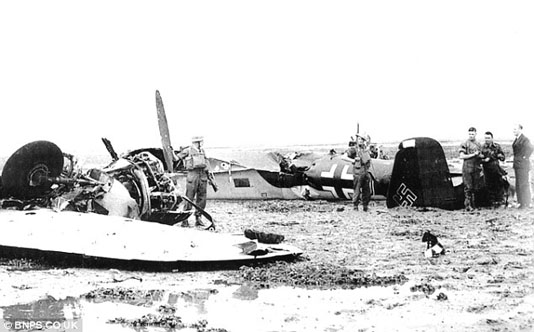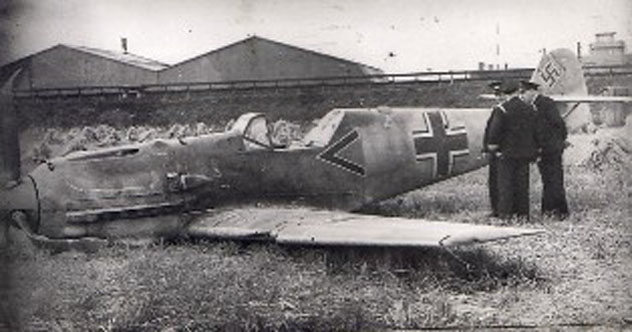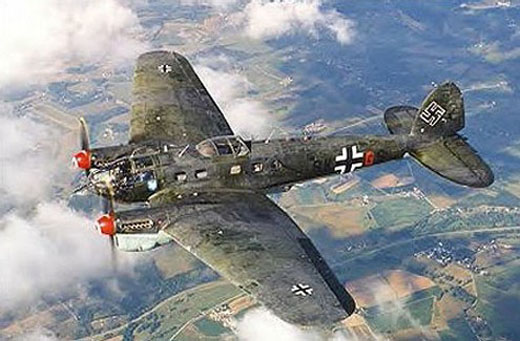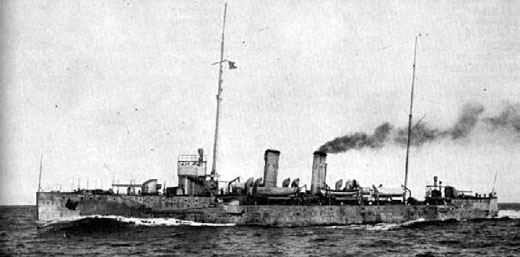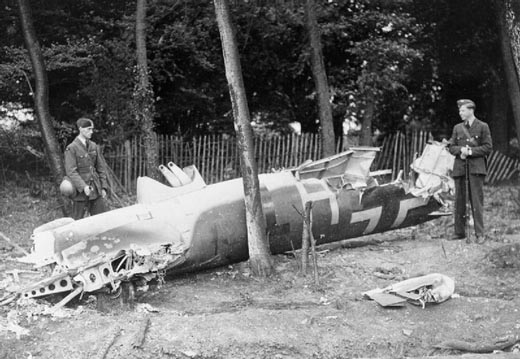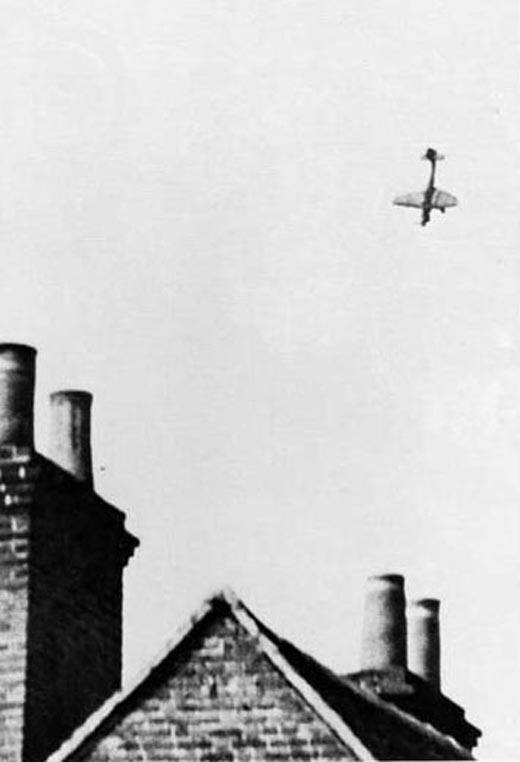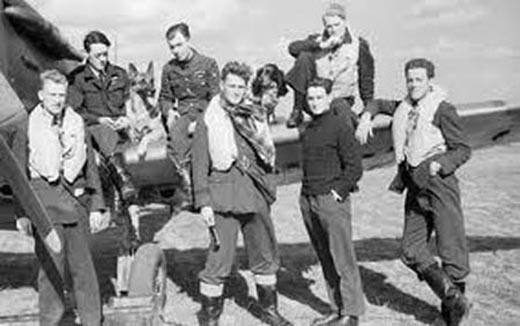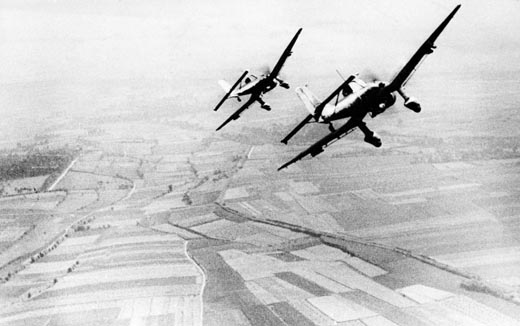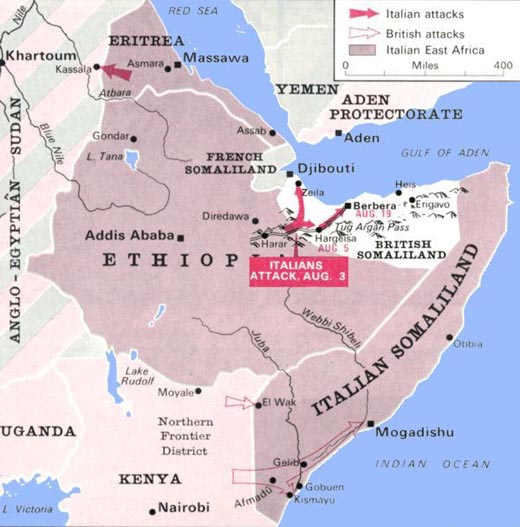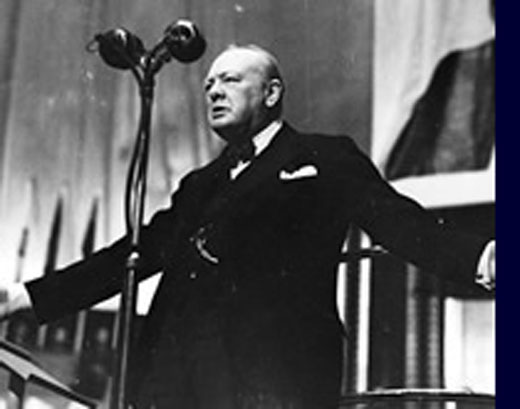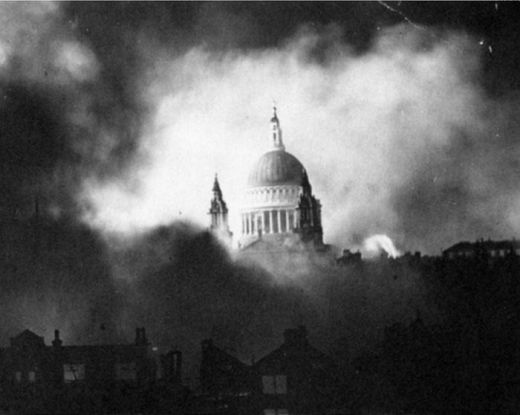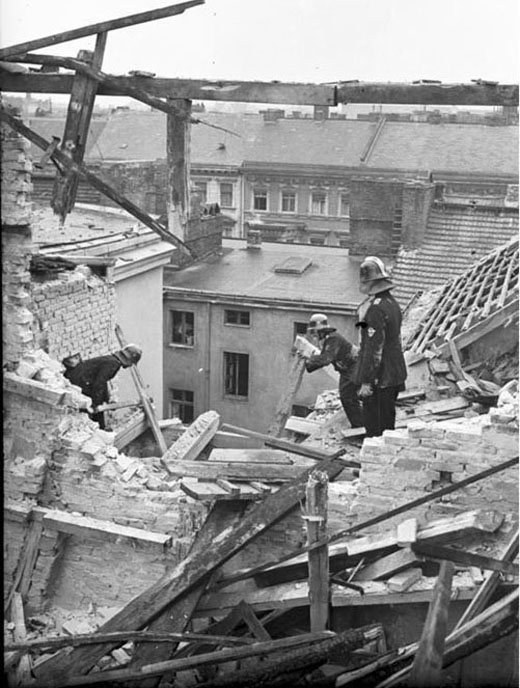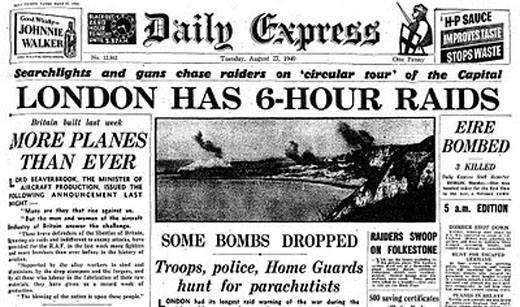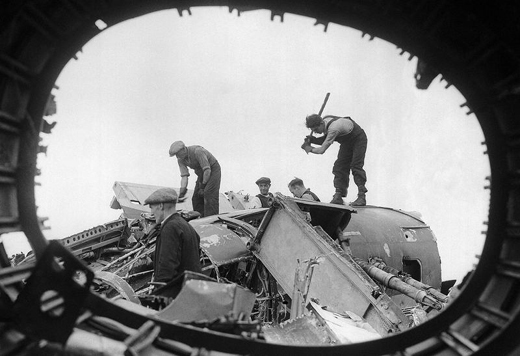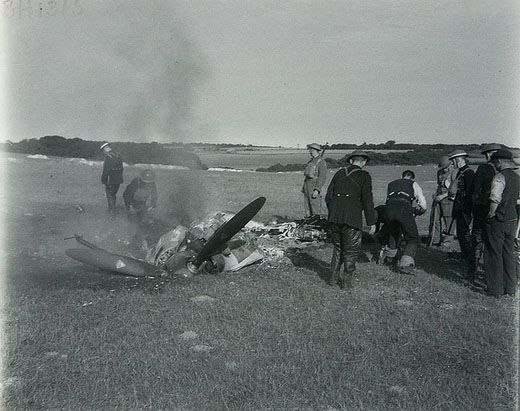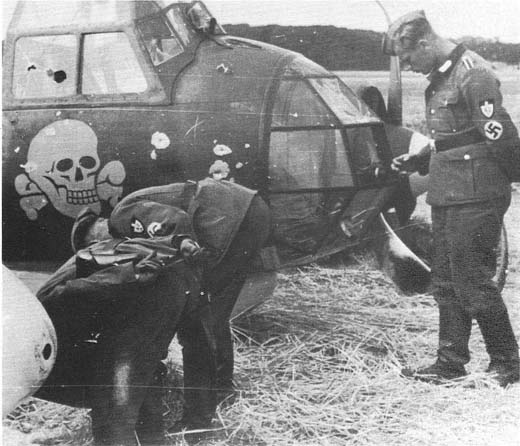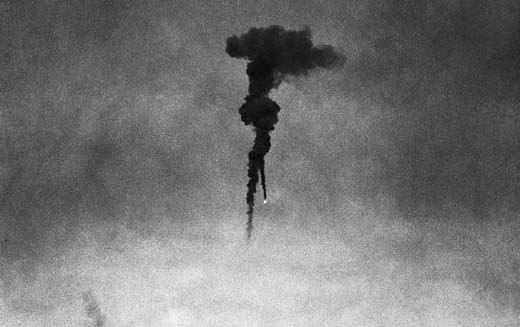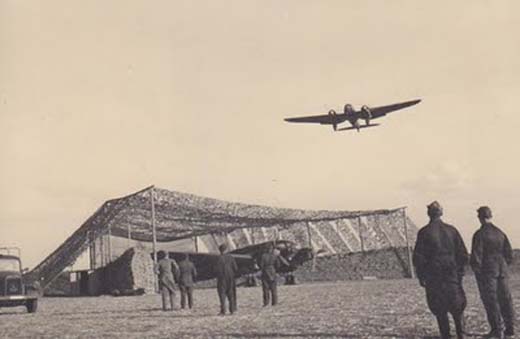Battle of Britain
Day 23
Weather - Fair conditions in most areas and overcast in the Channel, but improving later.
Combat - The morning is quiet and only a few small raids approach convoys with one attack on shipping off Selsey Bill. Not until the afternoon are Squadrons engaged in battle just before 1500hrs, with Hurricanes of No. 145 Squadron intercepting Ju-88's off Beachy Head and a reconnaissance aircraft off Hastings. Meanwhile, a successful raid on the Boulton Paul factory at Norwich by He-111's was not intercepted. Leaflets are dropped over southern England giving the text of Hitler's 'Last Appeal to Reason' speech of 19 July. Later at about 1900hrs, Hurricanes of No. 242 Squadron attack He-111's and Ju-88's off the coast at Great Yarmouth.
In fact, during the evening and into the night, more Luftwaffe aircraft are claimed from landing accidents after sorties dropping mines off the Scottish and Northeast coast and the Thames Estuary than from combat with Fighter Command. Bombs are also dropped on East Anglia near Peterborough, Stradishall and Newmarket, on Liverpool, Coventry, Leeds, Middlesborough and near Brighton.
R.A.F. Losses: 3 aircraft damaged or destroyed with 1 pilot killed.
Luftwaffe Losses: 26 aircraft damaged or destroyed, 25 pilots and aircrew killed or missing and 5 wounded.
NOTE: Losses include non-combat patrols and accidents.
[Battle of the Atlantic
- The British submarine Narwhal is declared lost after failing to return from a patrol southwest of Stavanger. Her loss and that of her 62-member crew are believed to have been the result of a German bombing attack on 23 July.
- U-34 sinks the British submarine Spearfish off Cape Nose Head off Stavanger. 41 of her crew are lost. The 1 survivor is picked up by the German submarine.
- U-59 sinks the Swedish steamer Sigyn (1981t) northwest of Ireland. The entire crew is rescued.
Diplomatic Relations
In Moscow, Foreign Minister Molotov reaffirms Russia's alliance with Germany and denounces both Britain and the US.
[Germany, Home Front
The heavy cruiser Prinz Eugen is commissioned.
[Germany, Planning
Hitler issues his Directive No 17 on the invasion of Britain. The army plans have now been revised to take some note of naval problems and, on account of these, it is laid down that preparations are to be complete by 15 September for the operation to take place between the 19th and 26th. The order is to be given about 14 days after the main Luftwaffe offensive to gain air supremacy has begun. The Luftwaffe is to 'crush the British air force by every means available'.
In the light of this order it is obvious that Operation SEALION has become subordinate to and dependent on the outcome of the air battle over Britain. The beginning of that attack is fixed for 5 August.
[Italy
The anti-Greek propaganda campaign is heightened centering on Athens' pro-British position.
[Japan, Politics
Foreign Minister Matsuoka defines Tokyo's policy for 'Greater East Asia': '. . . the mission of Japan is to proclaim and demonstrate the imperial way throughout the world. Viewed from the standpoint of international relations, this amounts to enabling all nations and races to find each its proper place in the world. Accordingly, the immediate aim of our foreign policy at present is to establish a great East Asian chain of common prosperity with the Japan-Manchukuo-China group as one of the links. We shall thus be able to demonstrate the imperial way in the most effective manner and pave the way towards the establishment of world peace.'
[Mediterranean
- The Italian destroyer Vivaldi rams the British submarine Oswald. The order to abandon ship is given and the ship is scuttled. 52 of the crew are captured, 3 are lost.
- The Italian submarine Mameli sinks the Greek steamer Roula (1044t).
Switzerland
Gen Henri Guisan, the C-in-C, declares in a broadcast that the Army will 'defend the passage of the Alps to the end' and uphold the country's strict neutrality.
[ P-40s in formation over Oahu, 1 August 1940 |
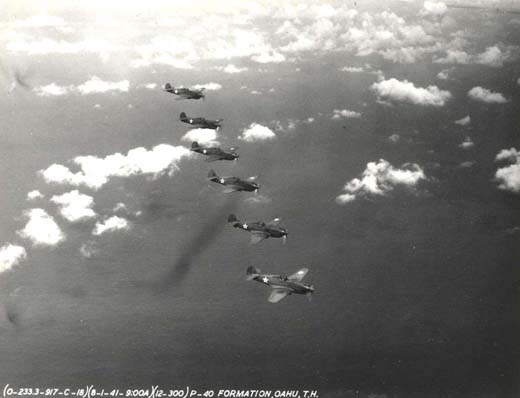 |
